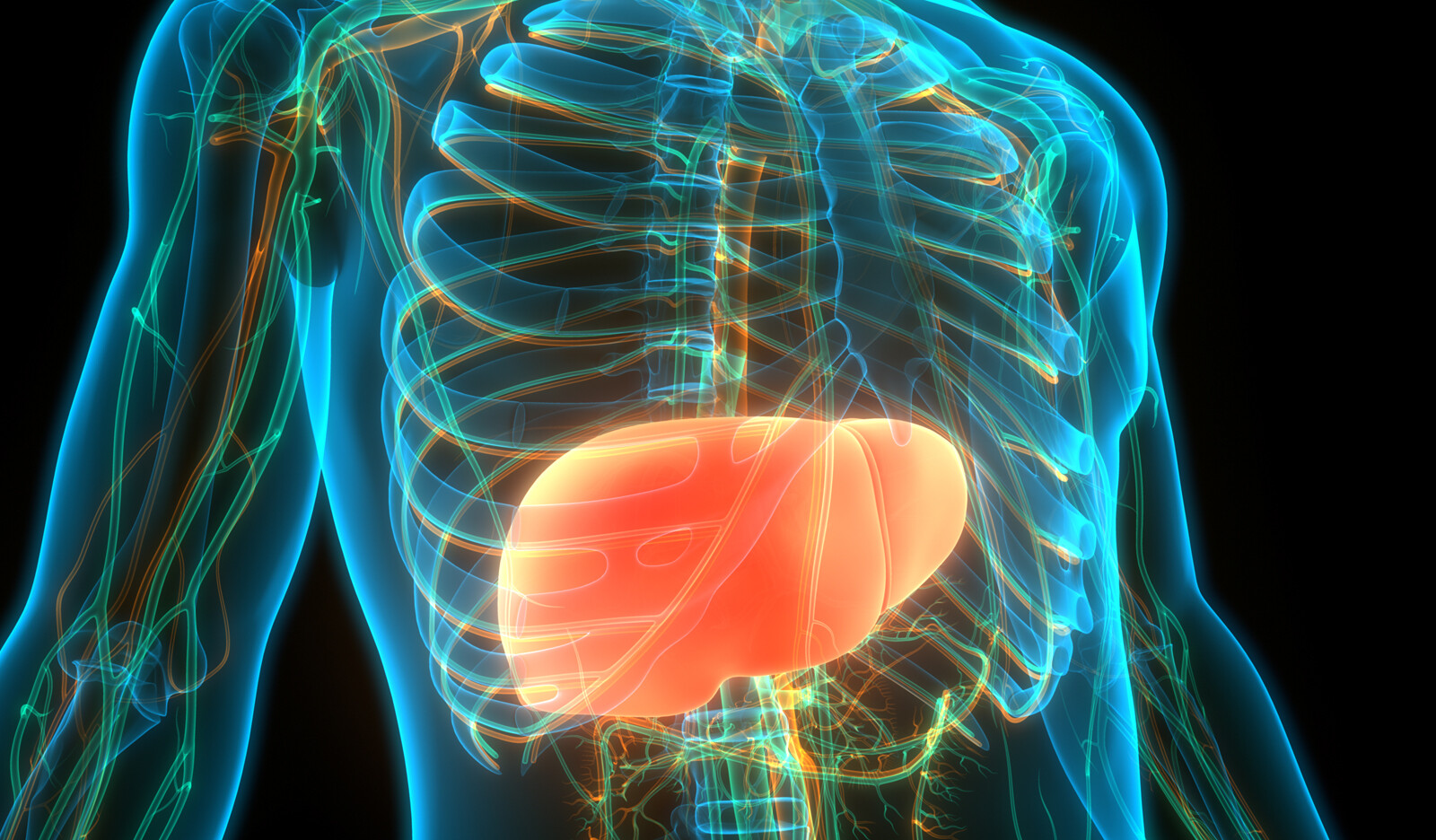ORIGINAL RESEARCH • Contrast-enhanced Ultrasound is Useful for the Evaluation of Focal Liver Lesions in Children.
Source: AJUM August 2021. 24;(3):143-150
INTRODUCTION
While liver tumors are rare in children, they can pose a diagnostic challenge when suspected. Imaging is one of the cornerstones of the workup for correct diagnosis in these patients. contrast enhanced computer tomography (CECT) and contrast enhanced magnetic resonance imaging (CEMRI) are the main imaging modalities in the workup of liver tumors. While these methods provide very detailed and valuable information, they are also associated with risks and disadvantages – considerable degree of harmful radiation and potentially nephrotoxic iodinated contrast media is administered in CECT, and sedation or general anesthesia for MRI studies.
In contrast, ultrasonography (US) is radiation-free, does not require the patient to be completely still, is portable and fast. However, it is often not sensitive enough to characterize a focal liver lesion (FLL). contrast enhanced ultrasound (CEUS) – a non-nephrotoxic contrast agent – may increase the diagnostic information obtained from the ultrasound study.
The purpose of this study was to retrospectively outline the authors’ experience with CEUS as a tool for the characterization of FLLs in pediatric patients.
MATERIALS AND METHODS
The authors identified 10,681 ultrasound examinations performed on children (<18 years old) in their hospital. Of those, 287 were CEUS examinations. Out of these, the authors identified 95 CEUS examinations with the intent to identify the presence of an FLL or to characterize a previously visualized FLL.
Two patients were excluded due to poor image quality, 44 patients were excluded since their examination showed no FLL and three examinations of the remaining 49 patients were excluded since they did not have any acceptable reference diagnosis. 10 follow-up examinations were excluded in patients who had one or more CEUS follow-up examinations on one and the same FLL, previously characterized by CEUS.
The authors were left with 36 first-time examinations with intent to characterize a FLL. The authors calculated agreement between CEUS diagnosis and reference diagnosis as well as specificity and negative predictive value (NPV) when applicable.
RESULTS
The age of the patients ranged from 0.1 to 17.9 years. No adverse reactions to the CEUS were observed.
A total of 35 out of the 36 lesions (97%) were determined to be benign and one case was determined to be malignant. The overall agreement between the CEUS diagnosis and the reference diagnosis for benign vs malignant differentiation, where haemangioendothelioma was considered, a benign diagnosis was 75% (27/36). There was disagreement between CEUS and reference diagnosis in nine of the 36 cases (25%). In all of these cases, the investigations were determined to be of sufficient diagnostic quality, and the disagreement between CEUS and reference diagnosis did not seem to be attributed to any technical or visual problem with the examination.
In one case, CEUS report suggested a malignant lesion, but the reference showed it to be benign. In four cases, CEUS was inconclusive for the differentiation between benign and malignant lesions. In all of these cases, the reference diagnosis showed that the lesion was benign. In four cases, CEUS could not visualize any focal liver lesion, yet, in three of these cases showed that there was a benign lesion is present the reference diagnosis. In one of the cases the reference showed that a malignant lesion was present.
When analyzing only the CEUS cases that were conclusive, leaving out the four inconclusive cases and the four cases where CEUS could not visualize the lesion, the overall agreement between CEUS and reference diagnosis for benign versus malignant differentiation was 96% (27/28). While sensitivity and positive predictive value could not be calculated, the specificity for correctly characterizing a lesion as benign was 96% and the negative predictive value was 100%.
CONCLUSION
The authors concluded that CEUS can be useful in the medical workup for the identification and classification of focal liver lesions in children.
 English
English
 Español
Español 

